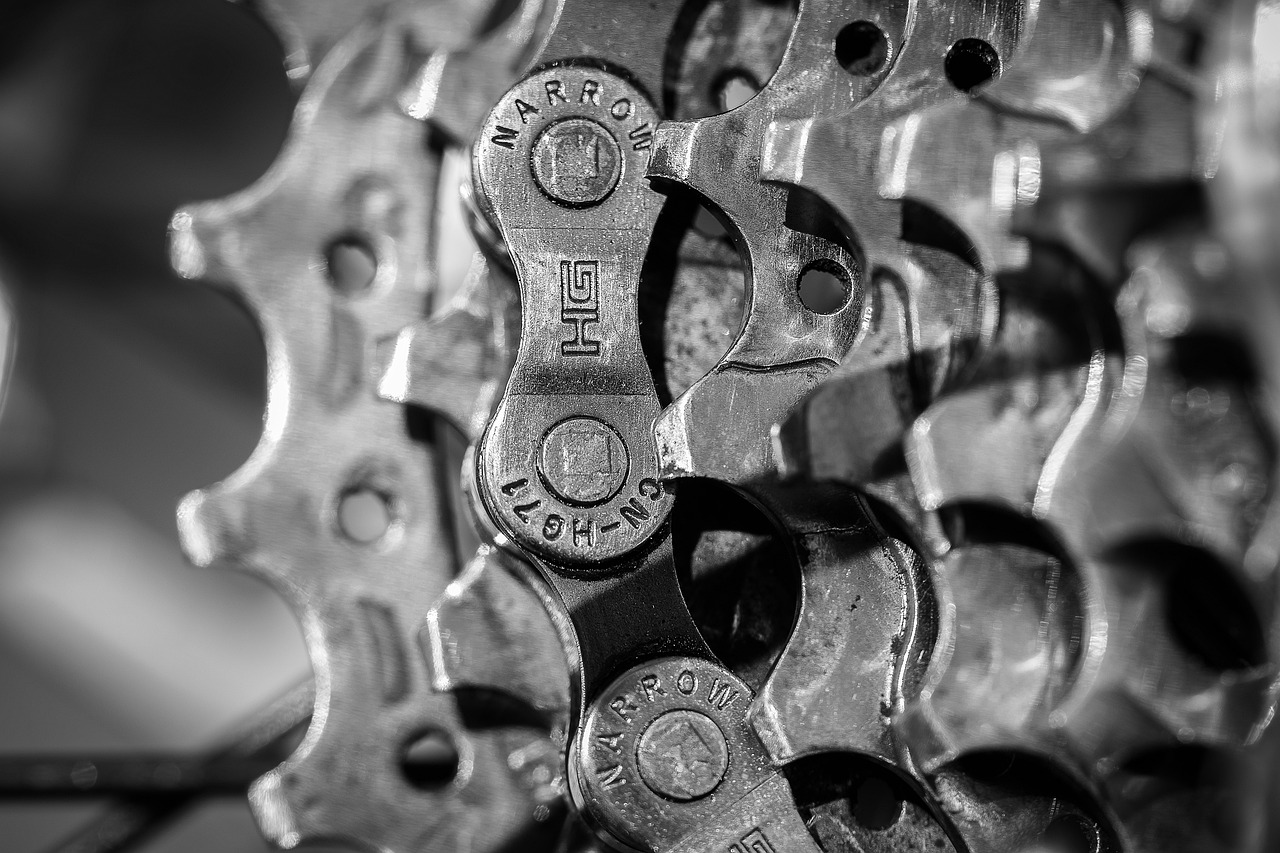
XRF Technology
A high-tech enterprise focusing on the development and application of X-ray technology products, committed to becoming a leading supplier of X-ray industrial testing solutions.
Investing in Quality: Evaluating Value in Handheld XRF Analyzer Prices for South Africa
In recent years, the use of handheld X-ray fluorescence (XRF) analyzers has become increasingly prevalent in various industries, from mining to environmental testing. These devices offer a portable and efficient means of analyzing the elemental composition of materials on-site, making them invaluable tools for professionals. However, with a diverse range of options available in the market, evaluating the true value of a handheld XRF analyzer, especially in South Africa, requires careful consideration. This article aims to provide insights into how to assess the quality and value of these analyzers to make informed investment decisions.

Terras EulerX900 Handheld Alloy Analyzer
Understanding Handheld XRF Analyzers
Handheld XRF analyzers are used to identify and quantify the elemental composition of materials by measuring the fluorescent X-rays emitted from a sample when it is exposed to a primary X-ray source. These analyzers are widely used in industries such as mining, metallurgy, recycling, and environmental analysis due to their portability and ease of use.
Key Factors Influencing Handheld XRF Analyzer Prices
Detector Technology: One of the primary factors affecting the price of a handheld XRF analyzer is the type of detector it employs. There are generally two main types: Silicon Drift Detectors (SDD) and Energy Dispersive X-ray Detectors (EDX). SDD detectors are known for their higher resolution and faster analysis times, which often translates to a higher price point. However, they provide more accurate results, which can be critical depending on your application.
Elemental Range and Sensitivity: Different analyzers are designed to detect a range of elements with varying sensitivities. Models that offer a broader range of detectable elements and higher sensitivity typically come with a higher price tag. Consider the specific elements you need to analyze and choose a model that meets those requirements without paying for unnecessary features.
Build Quality and Durability: The ruggedness of a handheld XRF analyzer is crucial, especially in challenging environments like mining sites or outdoor fieldwork. Analyzers built with durable materials and designed to withstand harsh conditions often cost more but can offer better long-term value by reducing the frequency of repairs and replacements.
Software and Features: Advanced software capabilities, such as real-time data processing, customizable reporting, and data storage, can significantly impact the price of a handheld XRF analyzer. While these features can enhance efficiency and ease of use, they also add to the overall cost. Assess your needs carefully to determine which software features are essential for your operations.
Manufacturer and Support: The reputation of the manufacturer and the level of customer support provided can influence the price. Established brands with a strong track record of reliability and support may charge more, but their products often come with better service, warranty, and after-sales support.
Evaluating the Value for South Africa
In South Africa, the cost of a handheld XRF analyzer can vary based on the factors mentioned above, as well as additional considerations such as import duties, shipping costs, and local market conditions. To ensure you are making a sound investment, consider the following steps:
Define Your Requirements: Clearly outline the specific needs of your application, including the types of materials you will analyze and the elements of interest. This will help you narrow down your options and avoid overpaying for features you do not need.
Compare Models: Research different models and brands available in South Africa. Look at product specifications, customer reviews, and price comparisons. Pay attention to the balance between cost and features to ensure you are getting the best value for your money.
Consult with Experts: Engage with industry experts or suppliers who can provide insights into the best options available in the South African market. They can offer valuable advice based on local conditions and specific application needs.
Consider Total Cost of Ownership: Beyond the initial purchase price, consider factors such as maintenance costs, calibration services, and potential downtime. A higher upfront cost may be justified if it leads to lower ongoing expenses and greater reliability.
Evaluate After-Sales Support: Choose a supplier or manufacturer that offers robust after-sales support, including training, maintenance, and warranty services. This can be crucial in ensuring the long-term effectiveness and reliability of your analyzer.
The EulerX 990 is a cutting-edge handheld gold analyzer equipped with a ceramic packaged microfocus X-ray tube and a high-performance semiconductor detector. Utilizing advanced software algorithms, it can perform quick, accurate, and non-destructive testing of gold, silver, platinum, and other precious metals in jewelry, enabling the rapid identification of their purity. This makes the EulerX 990 an essential tool for assessing the quality of jewelry, investment gold, and other precious metal commodities.

Terras EulerX900 Handheld Alloy Analyzer
Conclusion
Investing in a handheld XRF analyzer is a significant decision that requires careful consideration of both price and value. By understanding the key factors that influence cost and evaluating your specific needs, you can make an informed choice that aligns with your operational requirements and budget. In South Africa, where market conditions and logistical considerations play a role, taking a strategic approach to evaluating and investing in handheld XRF analyzers will help ensure you achieve the best possible return on your investment.
Join Us
Subscribe to our email list for updates & promotions.



